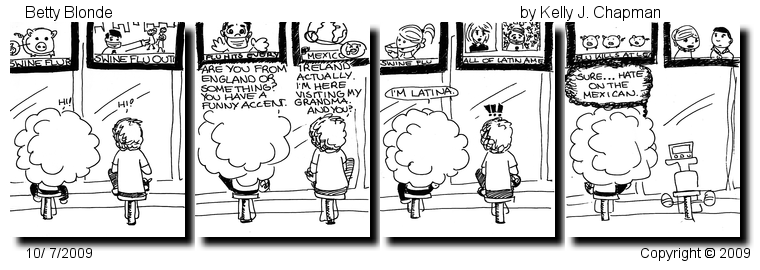This post is part of a narrative history of our homeschool. It is about why we chose to homeschool, what we did and how we did it. It is about our failures and frustrations as well as our successes. The plan is to make an honest accounting of it all for the benefit of ourselves and others. This is a work in progress which was started in late October 2014 after the kids had already skipped most or all of high school, Christian had earned a Bachelor’s degree in Mathematics (Summa Cum Laude), Kelly had earned a Bachelors degree in Statistics (Magna Cum Laude) and they were ensconced in funded PhD programs on the West Coast. I add to the narrative as I have time.
The choice to base the history and literature portions of our homeschool academic program on Sonlight was a big one. The instructor guides gave us a daily organizational framework which helped a lot. Our next dilemma, though, was even more difficult: How could we manage the kids to assure the work was done properly while the principle teacher was working a full-time job. We were very worried about this aspect of our personal circumstances, but it turned into a huge benefit. The short explanation is that I made a detailed list of work the kids needed to do each day, Lorena assured the kids kept working on it until it was complete, I corrected their work when I returned home from my job each day and, finally, the kids and I would sit down together for anywhere between one and, in the extremely rare case four hours to read aloud, work on spelling, describe a math concept they did not understand and all those sorts of things.
I will include a couple of examples of the spreadsheets I put together for the kids in the next post in the series. They were fairly detailed, but also quite concise. Our fear was that Lorena would have to hover over them like a hawk to assure they got everything done. It turned out that was not necessary at all. The kids knew I would look at their work as soon as I got home and that very fact motivated them in a good way–they knew I would be pleased and rave a little if they did well. There was an added benefit that the kids became self-reliant learners. They knew exactly what they were supposed to do and their expectation was that they could do the work on their own. That served them very well when they went to college. They expected to figure stuff out for themselves. They also knew they would not get in trouble if they got stuff wrong so long as they made a good faith effort to do the work. They knew we would revisit the material and adjust our methods until they owned the knowledge so they could move on with confidence.
The single greatest contributor to the success of our homeschool is the time the kids and I spent together in the evenings, correcting materials, practicing spelling and math problems, drawing and, all the time, talking and talking and talking. I knew when and where the kids struggled because I not only corrected their work, but talked to them about what they did and how they did it. I always quizzed them on what they thought the did not know in addition to what they did know. Sometimes all they could tell me was that they did not get the material, but then we would work together to find something that actually worked to get the hard concept across. Co-opting the kids in the decisions was huge. What do you want to do for art? (Learn how to draw realistic faces?) and similar kinds of questions were a huge element in the success of the program.
Finally, we often made hand-written corrections, usually small ones, to the work required for subsequent, already planned days. If more time was need, if the material was stuff they already knew, if there was a big event (blueberry picking, a corn maze, etc.) that diminished the time available to complete all the work, we made real-time, on the spot adjustments.
[Previous] [Next].
Betty Blonde #320 – 10/07/2009

Click here or on the image to see full size strip.

Leave a Reply